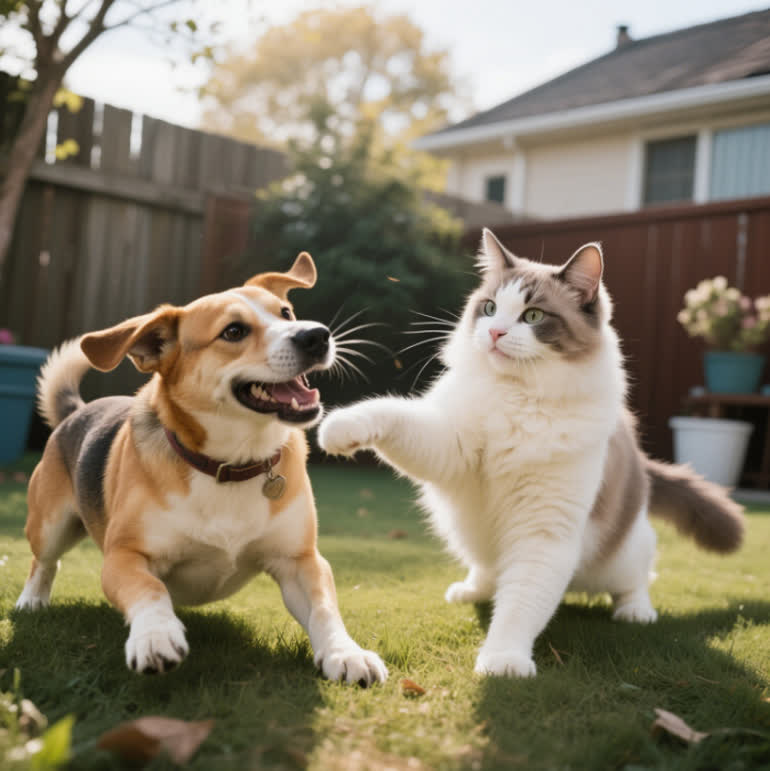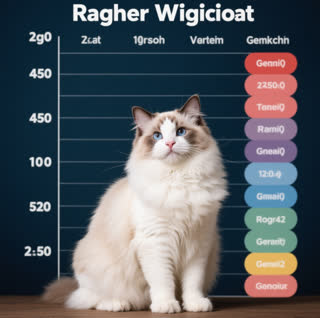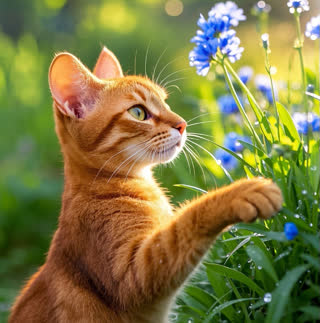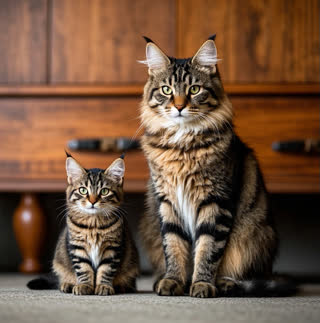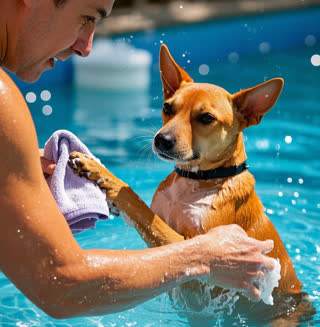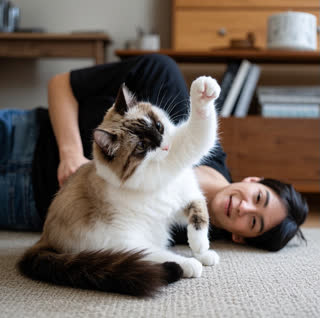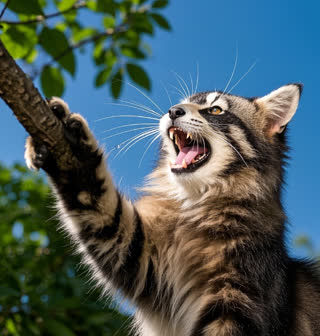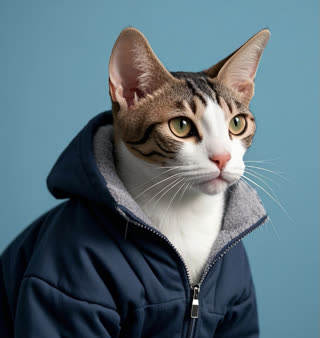The Snowshoe cat breed, with its striking blue eyes and unique white-pawed markings, has captivated cat lovers for decades. But for households with dogs, a critical question arises: Are Snowshoe cat breeds good with dogs? While no two pets are exactly alike, understanding the Snowshoe’s temperament, socialization needs, and compatibility strategies can help determine whether this breed harmonizes with canine companions. This article explores the dynamics between Snowshoe cats and dogs, backed by behavioral science, expert insights, and real-world examples to guide pet owners toward fostering a peaceful multi-pet home.
Understanding the Snowshoe Cat’s Personality
Snowshoe cats are known for their affectionate, social, and intelligent nature. They thrive on human interaction and often display dog-like behaviors, such as following their owners around or playing fetch. Their adaptable temperament makes them strong candidates for households with other pets—but compatibility with dogs depends heavily on early socialization and individual personalities .
For example, Ragdoll cats (a breed with similarities to Snowshoes in temperament) are often praised for their laid-back demeanor, which can ease introductions to dogs. Similarly, Snowshoes’ curiosity and confidence may help them adjust to canine companions if introduced properly .
Key Factors Influencing Snowshoe-Dog Relationships
1. Socialization Is Critical
The foundation of any successful interspecies relationship lies in early socialization. Kittens exposed to dogs during their critical developmental period (7–14 weeks) are more likely to view them as allies rather than threats. A Snowshoe raised alongside a calm, well-trained dog may form a lifelong bond, while one introduced later in life might require patience and gradual acclimation .
2. Breed-Specific Traits Matter
Snowshoes inherit traits from their Siamese ancestors, including vocalization and high energy levels. Pairing them with dogs that share similar energy—such as Labrador Retrievers or Border Collies—can create a balanced dynamic. Conversely, high-prey-drive breeds like Terriers or Hounds may trigger stress in cats, requiring careful supervision .
3. The Dog’s Temperament Plays a Role
A dog’s behavior is equally crucial. Dogs with a history of gentle interaction with cats (e.g., Golden Retrievers or Newfoundlands) are more likely to coexist peacefully. Training commands like “leave it” or “gentle” can prevent chasing or rough play .
Steps to Introduce a Snowshoe Cat to a Dog
Start with Scent Swapping
Exchange bedding or toys between the pets to familiarize them with each other’s scent before face-to-face meetings.Use Controlled Visual Introductions
Begin with a barrier (e.g., a baby gate) to allow visual contact without physical interaction. Reward calm behavior with treats.Monitor Initial Interactions Closely
Keep the dog leashed during early meetings, and watch for signs of stress (hissing, growling, or raised hackles). Gradually increase unsupervised time as trust builds.Create Safe Spaces
Ensure the Snowshoe has vertical retreats (cat trees, shelves) to escape if overwhelmed—a tactic also recommended for Ragdolls adjusting to dogs .
Common Challenges and Solutions
Prey Drive Conflicts: Dogs with strong instincts may chase. Redirect their focus with toys or obedience training.
Territorial Behavior: Feed pets separately and provide multiple litter boxes/resting areas to reduce competition.
Communication Barriers: Cats and dogs use different body language. Educate yourself on their signals (e.g., a wagging tail in dogs signals excitement, but in cats, it often indicates irritation).
Expert Opinions and Case Studies
Animal behaviorists emphasize that while Snowshoe cat breeds can be good with dogs, success hinges on proactive measures. Lucas, a Ragdoll owner cited in feline research, notes that breeds with calm dispositions adapt more easily to dogs—a principle applicable to Snowshoes . Additionally, shelters often assess adoptable pets’ compatibility with other animals, a practice highlighted in adoption scenarios like Zoey the American Bulldog, who thrived in a home with children and other dogs .
FAQs About Snowshoe Cats and Dogs
Q: Can adult Snowshoe cats adapt to dogs?
A: Yes, but gradual introductions and positive reinforcement are key.
Q: Are some dog breeds inherently better matches?
A: Breeds with low prey drives and calm temperaments (e.g., Basset Hounds, Cavalier King Charles Spaniels) tend to excel.
Q: How long does the adjustment period take?
A: Ranges from days to months, depending on the pets’ histories and personalities.
So, are Snowshoe cat breeds good with dogs? The answer is a qualified yes—with proper socialization, compatible canine partners, and patient guidance, Snowshoes can coexist harmoniously with dogs. By prioritizing mutual respect and understanding their unique needs, pet owners can create a thriving environment for both species.
